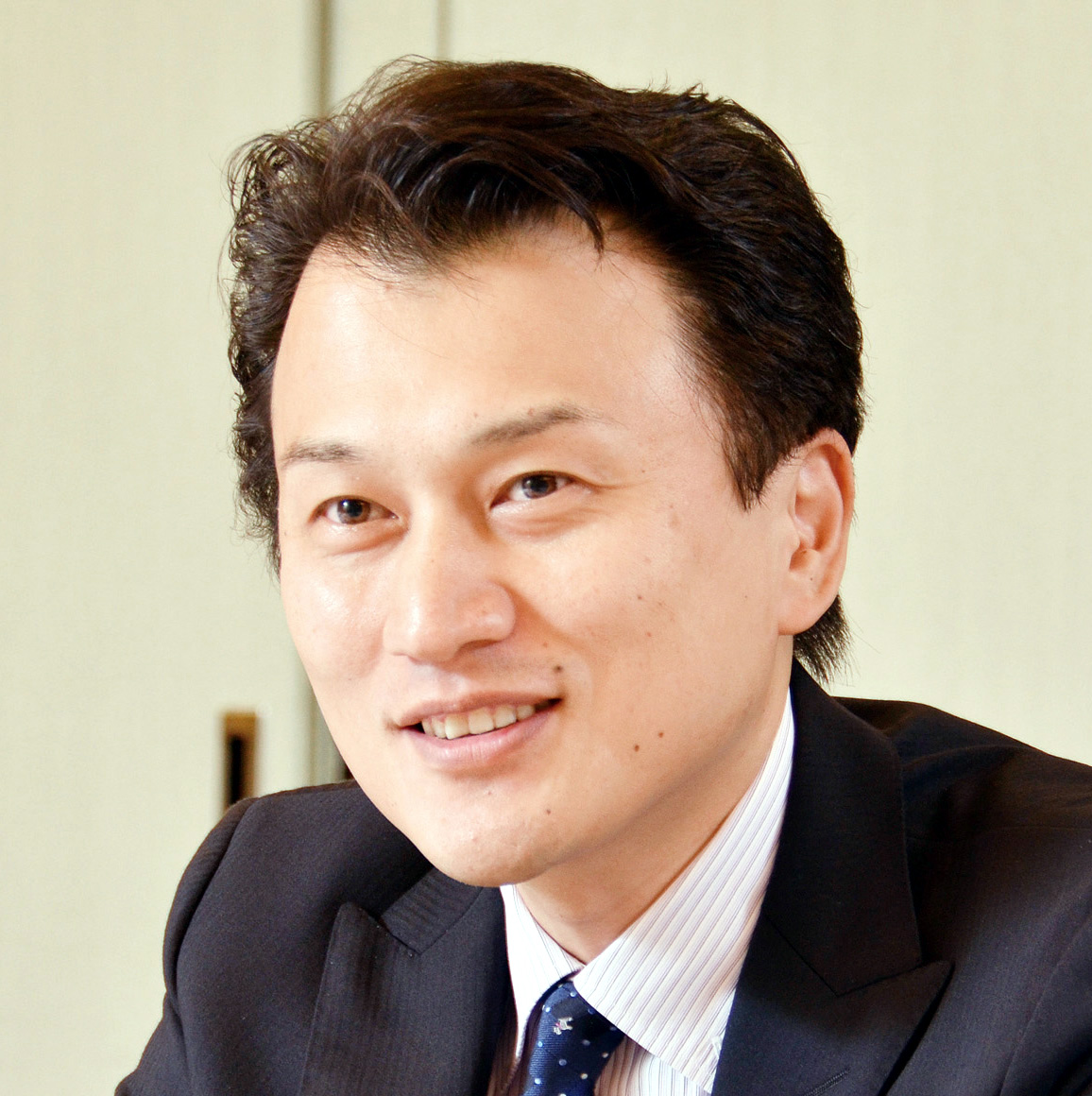2023 Richard B. Caspari Award Winners
1st Place Winner

Luciano Rossi, PhD, ARGENTINA
Presentation Title: Leukocyte-Poor Platelet Rich Plasma As An Adjuvant Of Arthroscopic Rotator Cuff Repairs Reduces Retears Rates But Does Not Improve Functional Outcomes A Double-Blind Randomized Controlled Trial
It is a great satisfaction and an honor for our team to have received the John Joyce Award and the Richard Caspari Award this year—two highly prestigious awards from the International Society of Arthroscopy, Knee surgery and Orthopedic Sport Medicine (ISAKOS).Behind this recognition, there is great daily teamwork with a lot of dedication and responsibility.
We would like to express our gratitude to and share this award with all the residents and fellows who have worked in our unit all these years and contributed their service and dedication to make this possible. Finally, we also want to share this award with all our colleagues and friends from the Orthopedics service of the Hospital Italiano de Buenos Aires.
2nd Place Winner

Teruhisa Mihata, MD, PhD, JAPAN
Presentation Title: Leukocyte-Poor Platelet Rich Plasma As An Adjuvant Of Arthroscopic Rotator Cuff Repairs Reduces Retears Rates But Does Not Improve Functional Outcomes A Double-Blind Randomized Controlled Trial
It was a great honor to receive second place for the Richard B. Caspari Award at the 2023 ISAKOS Congress in Boston, USA for the paper entitled “Long-term Clinical and Structural Outcomes of Arthroscopic Superior Capsule Reconstruction for Irreparable Rotator Cuff Tears: 10-year Follow-up”. This study showed that arthroscopic superior capsule reconstruction (SCR) for irreparable rotator cuff tears restored shoulder function and relieved shoulder pain, providing high rates of return to recreational sports and physically demanding work, and that the reconstruction significantly improved clinical and structural outcomes for at least 10 years after surgery. In addition, graft healing completely prevented any progression of cuff tear arthropathy. We concluded that arthroscopic SCR is an effective surgical option for irreparable rotator cuff tears and retains positive outcomes for at least 10 years.
Various graft materials can be used for SCR now. From our own experience and from studies published since the first fascia lata autograft SCR in 2007, we can say that SCR using a fascia lata autograft is the gold standard for irreparable rotator cuff tears. Although dermal allograft is preferred for SCR in some countries, surgeons should be aware that the properties of dermal allograft and fascia lata autograft are totally different. In a biomechanical study we showed that dermal allografts in SCR were elongated by 15% after only a couple of physiological shoulder movements but the fascia lata grafts were not. This graft elongation of 15% reduces glenohumeral stability and increases graft tear after SCR and constitutes a fatal problem of dermal allograft for SCR in irreparable rotator cuff tears. In cases when surgeons want to perform dermal allograft SCR, we strongly recommend its use only for Hamada Grade 1, with tears less than 2 cm.
Recently the use of SCR for irreparable rotator cuff tears is becoming more common in the world. When I started SCR in 2007, no one except Prof. Freddie Fu expected such an excellent clinical outcome. Ten years ago, only Prof. Fu recognized the value of my new surgical procedure for irreparable rotator cuff tears and named the biologic reverse shoulder arthroplasty. I am deeply grateful to receive the award at the ISAKOS Congress, which Prof. Fu, past ISAKOS president, made a great contribution to.
Finally, I express my gratitude to Prof. Thay Q Lee, my colleagues in OBL (Orthopedic Biomechanics Laboratory) and Osaka Medical and Pharmaceutical University, and my patients.